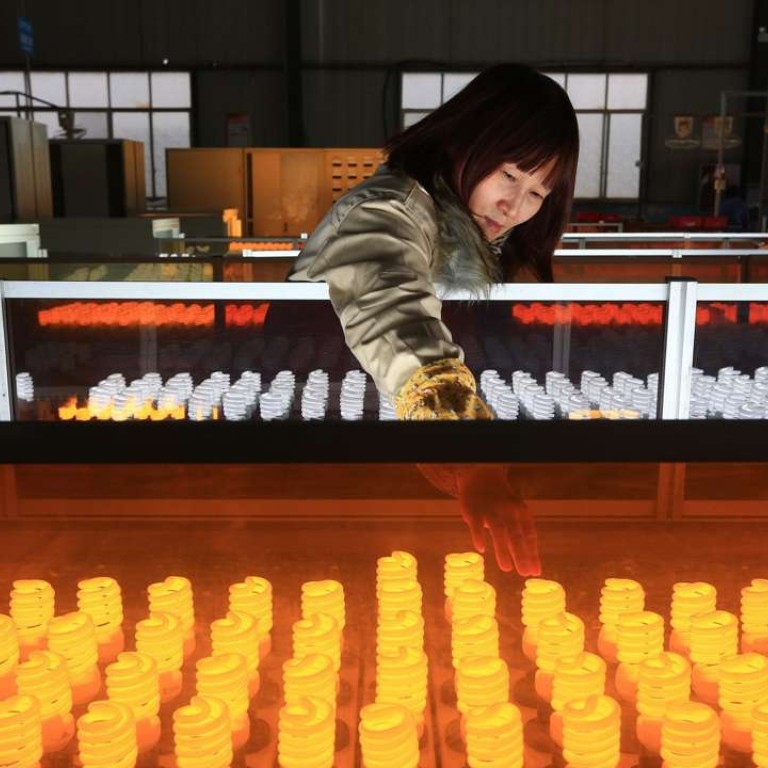
Update | China’s second-quarter GDP rises 6.7 per cent but signs of weaker investment add to economic gloom
Signs of weakening investment have added to the gloomy outlook for China’s economy, despite second quarter growth of 6.7 per cent, same as the first quarter’s pace.
Investment from the private sector and real estate both continued to lose steam, while data on retail sales and industrial output were better than expected, the National Bureau of Statistics reported on Friday.
The People’s Bank of China also said new loans stood at 1.38 trillion yuan (HK$1.5 trillion) in June, beating expectations and May’s figure of 985.5 billion yuan.
The upbeat credit creation came at a time when banks’ non-performing loans climbed to the highest level in 11 years, while ANZ economists noted that the strong mortgage growth was the major driver for June.
Meanwhile, the impact of Brexit – Britain’s vote to leave the European Union – and the uncertain timing of a rate increase by the US Federal Reserve had added to global economic uncertainty, economists said.
Retail sales in June proved much better than expected, with growth of up to 10.6 per cent, compared with 10 per cent in May.
The bureau said consumption, which China is relying on to reshape the country’s economic growth, contributed 73.4 per cent to overall growth in the first half of the year, much higher than the contribution in the previous year.
But the higher consumption was a passive result of the slowdown in investment, said Liu Dongliang, an economist at China Merchants Bank.
Private investment, a recent policy focus, continued to deteriorate despite Beijing’s efforts to revitalise it. It grew by a record low of 2.8 per cent in the first half. It dragged down the pace of overall investment, which rose 9 per cent in June – down from a 9.6 per cent rise in the first five months.
Property investment failed to hold up as growth slowed to 6.1 per cent in the first half, after seeing a 7 per cent growth during the first five months.
“The support of real estate investment will ease and it is hard to see substantial rebounding of major economic data,” Liu said, expecting GDP growth to ease to 6.5 per cent or 6.6 per cent in the rest of the year.
Industrial output rose 6.2 per cent in June, up from 6 per cent in May. Societe Generale, however, foresaw downward risks in the indicator this summer due to major floods on the Yangtze River and restriction of steel production in Tangshan, a major steel producer, in Hubei province
Zhou Hao, an economist at Commerzbank, said further monetary easing was still an option to spur growth to achieve this year’s growth target. He forecast at least two cuts in the deposit reserve ratio and one interest rate cut for the rest of the year.
“In the second half, growth will be challenged by the loss of momentum in real estate construction and weak prospects for exports and corporate investment, making the achievement of overly ambitious growth targets reliant on continued stimulus,” said Louis Kuijs at Oxford Economics.
“With the limits to credit-based stimulus becoming more obvious, the government may have to resort to a greater reliance on fiscal policy.”
Fiscal spending rose 20 per cent in June, up from a growth of 17.6 per cent in May, the Ministry of Finance said.
Additional reporting by Maggie Zhang


